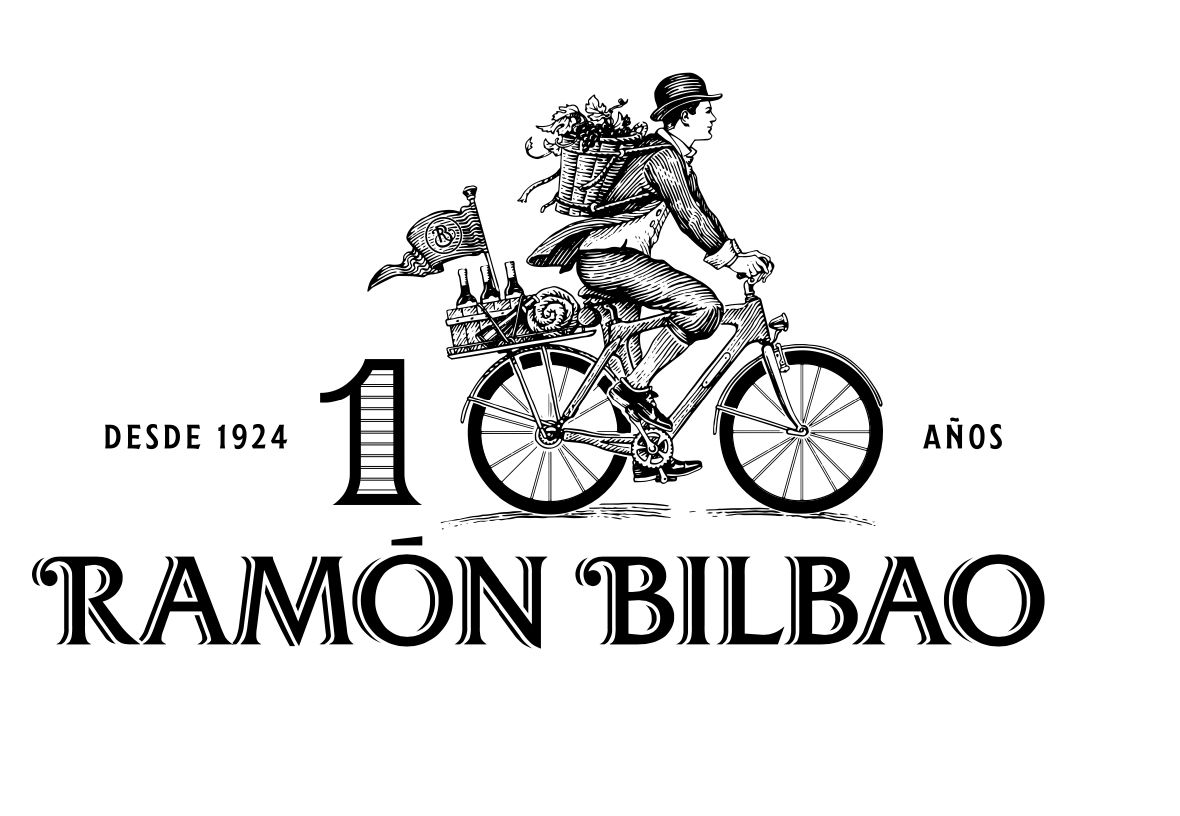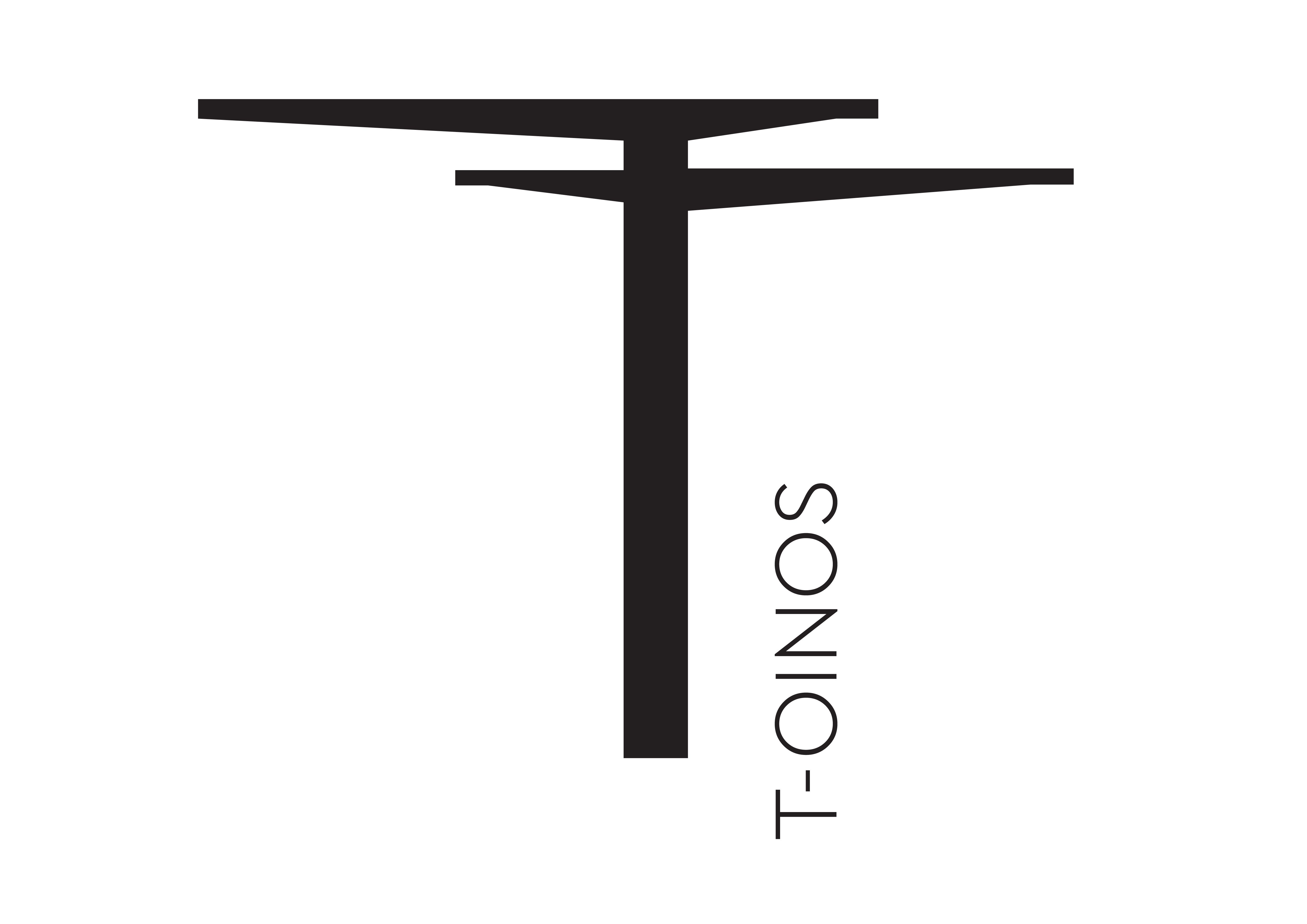A number of new French wineries from key regions are some of the stars of the new Bibendum Wine range that is being revealed to the trade for the first time this week.
Being in charge of a major wine distributor’s wine range must be like being the head of the painting unit whose annual task it is to keep the Forth Bridge spick and span through all weathers. For as soon as you have finished painting it – it’s time to start all over again.
At Bibendum that responsibility falls to buying director, Andrew Shaw and his buying team. But, in fairness to our painting friends north of the Border, Shaw has a much more complicated job to do. He can’t get away with just choosing one colour for a start.
Instead it is a constant exercise of changing, adapting and listening to the market, and going out to find, buy and source the right wines for Bibendum’s customers.
That task for Bibendum in 2018 had the added complexity of nearly going out of business in the first quarter of last year with the collapse of its previous owners, Conviviality PLC. The fact, it was rescued by the scale of the C&C Group in Ireland, owners of Magners and other major drinks brands, has arguably put Bibendum in an even stronger position as it is now in charge of its own destiny and has a business of the size and reputation of C&C behind it. It is also no longer acting in a dual role with Matthew Clark where buying decisions were made more on a group basis.
Now the two companies – Bibendum and Matthew Clark – are run entirely separately, allowing the respective buying teams to have total control of what wines they need to be sourcing and buying for their customers.
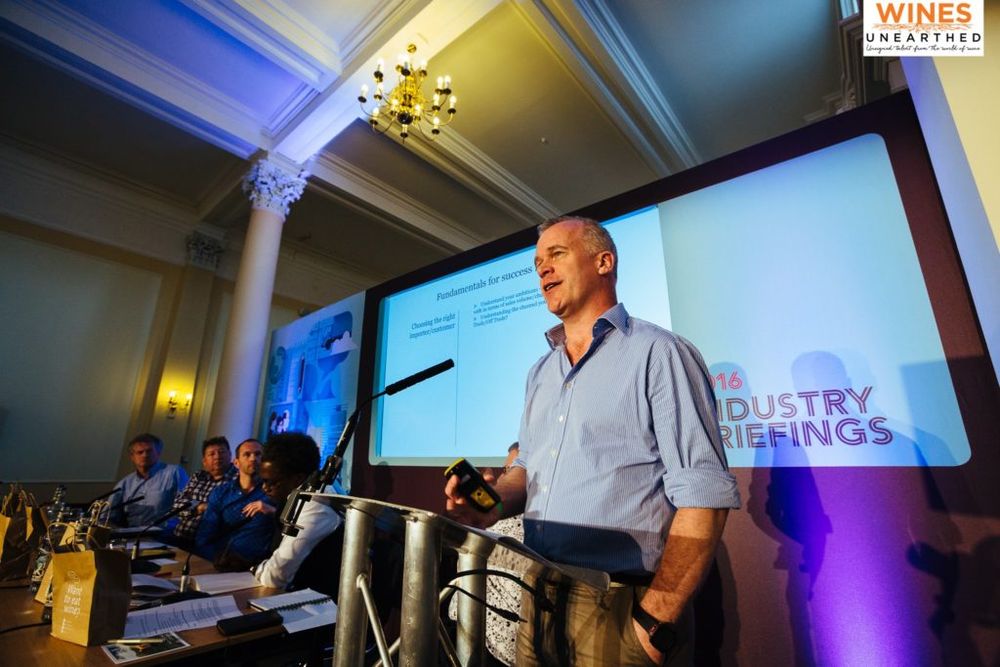
Andrew Shaw says it has been so inspiring to see the loyalty and support it has seen from its suppliers in the last year
Stronger and better
Shaw admits its been a tumultuous 12 months, but believes the company is actually stronger because of it and it has an even more focused, renewed, and relevant wine range. At the heart of that are all the producers around the world who stuck firmly with Bibendum, through thick and thin, in 2018 and are now best placed to benefit from where it is now.
“I have such respect for them,” says Shaw. “We have seen such extreme loyalty from so many of our producer partners we have been working with for years, which has been so encouraging for the business as a whole. They have been so supportive.”
Shaw is also keen to point out that it might have new owners, but the principles of how it buys wines are very much the same. It all comes down to the customer and finding the right wines for their lists, be it direct to restaurants and bars and on-trade accounts through Bibendum, or via Walker & Wodehouse to independent wine merchants and regional wholesalers.
“Our customers always dictate how our range evolves, so that we keep it fresh,” says Shaw.
The process
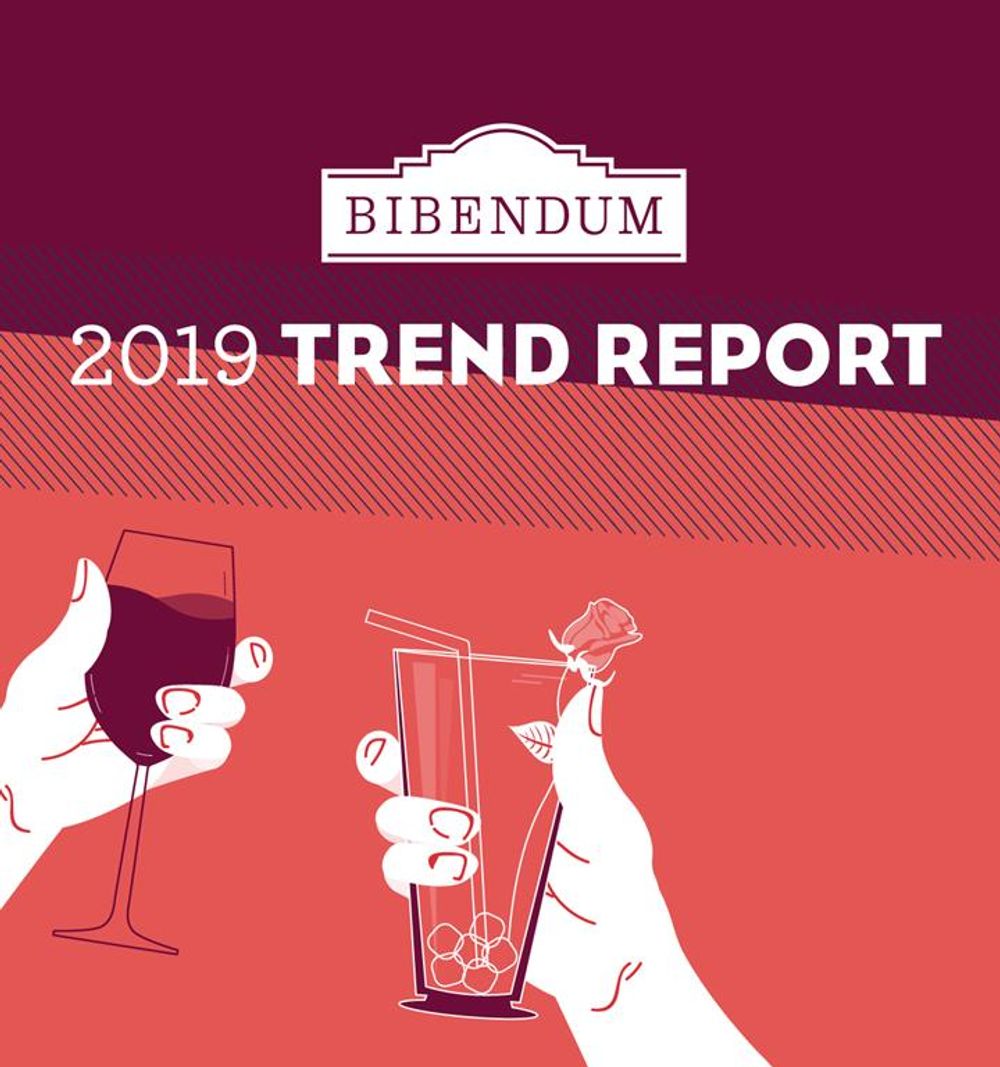
Insight’s from Bibendum in-house data trends team is key to the buying process
The process gets underway in August and September when the respective wine buying and sourcing teams will start to review their ranges, in hand with their sales and developments teams working more directly with customers. That’s where it is able to pin point where any gaps might be in terms of style and price points.
“Then there is also the involvement of our market-leading insights team who inform the buying decisions in terms of wider customer buying habits and trends, not to mention packaging formats,” explains Shaw.
It is also the time of the year when the southern hemisphere has had its harvest and you are in a good position to see how things are going to turn out in the Old Word, explains Shaw.
It is very much a team’s performance bringing the range together and why having a constant flow of information between those in the field and buyers is so important. That said, he stresses, 60% of a buyer’s job should be selling as well and being out in the market talking to customers.
“That is very much the culture we have re-established at Bibendum,” says Shaw. “It is also about delivering on the promises we have made to our supplier base about the way we do business.”
The range itself then comestogether over the course of the last three months of the year, ready to be signed off before Christmas.
This year’s range, which will be revealed to the trade for the first time at a series of regional tastings in March (see below for details), includes 16 new producers coming into the company.
This more than balances the 11 suppliers who left the business over the past year, which Shaw says “ demonstrates how quickly the Bibendum business recovered its stability”.
“I think that is testimony to how far we have come and where we are now as a business. It has also helped with the evolution of the range,” says Shaw. “We have been able to return to our vinous roots.”
Regional French drive
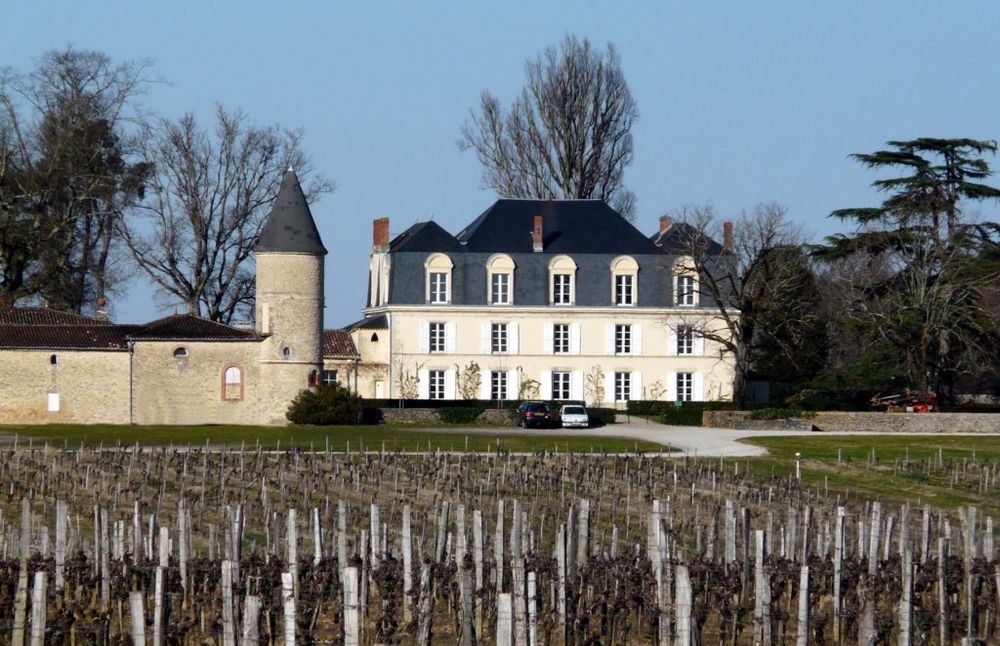
Chateau Guiraud in Bordeaux is one of a number of French producers to join Bibendum’s range
Looking at the specifics of the new range and there is a clear focus on bringing in more producers from across regional France – with nine new names covering the Jura, Beaujolais, Burgundy, the Loire and Bordeaux.
Here Shaw is quick to pass on the praise to Bibendum’s “youthful energetic buyerswho are helping to drive the category forward”.
This includes the Loire, where Bibendum is taking on a handful of new producers including: Bruno Dubois, who ferments and ages his wines in a mixture of ceramic amphorae, concrete vats and barrels, in the troglodyte caves that permeate the Loire; Domaine de l’R, which works with 60 year old Cabernet Franc vines; and Francis Blanchet who producers “pure, smoky, mineral-lead Pouilly Fume”.
“There are so many young winemakers doing such exciting things in France at the moment,” says Shaw. “We have done a lot with Italy over the last five years and I think now there is an opportunity to reclaim some of our position in France as well.”
This is also the case in Beaujolais, where Bibendum is bringing in Marc Delienne and David Beaupere, and Burgundy with the arrival of Tupinier-Bautista and Maison Caroline Lestime.
“We are have also revamped our Bordeaux selection,” says Shaw, highlighted by Chateau Guiraud, the first Grand Cru Classé to be certified organic in 2011.
Classic ranges
It all comes back, adds Shaw, to “remembering what Bibendum is famous for”. Which means ensuring its backbone of French, Italian and Spanish wines are very much in tune with what the market wants to buy. “So it is a case of adding more breadth and strength to those ranges.”
It’s why Bibendum has looked to strengthen its traditionally strong position in Spain with three new producers: Las Moradas de San Martin, that produces wines from its 100 year old Garnacha vines in Madrid DO; Cuevas de Arom, another Garnacha producer, this time from Aragon; and Ronseldo Sil , that works with native varieties from Ribiera Sacra.
It’s also very much a challenge for Bibendum and its team of buyers to “remain at the forefront of indigenous, authentic, natural and biodynamic winemaking,” from all over Europe and the rest of the world, says Shaw. “We are always looking at the sweet spots for winemaking in cooler climate regions.”
These are very much the “fresher, fruit driven, unoaked wines” that customers are increasingly looking to buy.
The English are coming
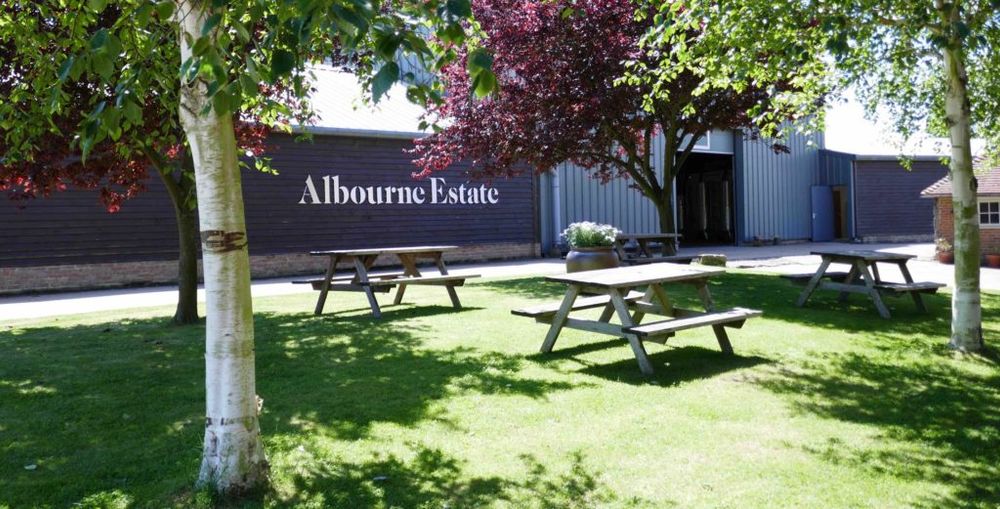
Albourne is the latest English wine producer to join BIbendum
Bibendum has long been a major supporter of English wine and been at the heart of the surge of interest from consumers and restaurateurs alike to support home grown winemaking talent. So much so that Bibendum now has a 20% share of the English wine market in the on-trade.
So it is in a good position to introduce two more producers to its range: Albourne, with its terroir focused, hand crafted still and sparkling wines from Sussex and Fitz, which is using the Charmat method to create an easy drinking, more approachable style of English fizz. “This is a really creative, exciting new product of English wine,” says Shaw.
As for English wine as a whole, Shaw believes there is so much more to come. “We want to be at the cutting edge of what is happening in England,” claims Shaw. “It is also being seen as much more of a ‘need to have’ on wine lists.”
“As the volumes have increased, the quality has improved and there is a good community spirit amongst the major producers to share experiences to that they can continue to justify their position in the market and their price on shelf and on wine lists,” he explains.
The other two new producers coming in include New Zealand’s Kelly Washington Wines that are exploring sub-regions in Marlborough and Central Otago, and the highly respected Ironstone business from Lodi in California, which fits nicely into Bibendum’s strategy to cover more of regional wines in the US.
Shaw is also proud of the South American ranges it has been able to put together which he believes is “second to none”.
“Our Australian range also continues to develop and I have been blown away by the quality we have from South Africa and how brilliant out supply base is there with producers such as Creation.”
Focused approach
On-trade buyers and customers will get the chance to explore all the new wines at the Spring tastings this month, with Bibendum again preferring to go for smaller, more focused, exclusive events than the major shows it used to run a few years back. It’s a format that works for customers, producers and the central and regional Bibendum teams, says Shaw.
“It’s about putting the right product range in front of the right customers,” he adds.
For as well as its full range tastings, it is also running a series of intimate events that can drill down into specific countries, regions and styles of wine, like its recent French Artists tasting. “Our cellar tastings have also been very popular,” he adds. “It’s also great to have our suppliers out in the market talking to customers. The smaller events create a real energy and buzz around them.”
But there are key times of the year when it needs to get its new wines in front of its customers, like it will be doing at the Spring events. “It’s the first time our customers, both old and potential new ones, can come and see what new things we are doing. There will be over 100 wines and 20 suppliers to talk to.”
Then when the dust settles on this year’s tasting series it will be time to clean the palates and start thinking about starting the whole process again.
- The Bibendum and Walker & Wodehouse Spring Tasting series includes the following. Click on the links to sign up:
- Manchester: March 11, 2pm-6pm, 5th Urbis, Urbis Building, Corporation St, Manchester, M4 3BG
- London: March 12, 2pm-6pm OXO2, Barge Street, South Bank, SE1 9PH
- Bristol: March 13, 3pm-6pm, The Radnor Rooms, 30 St Nicholas Street, Bristol BS1 1TG
- Glasgow: March 13, 3pm-6pm, So LA, 43 Mitchell Street, Glasgow, G1 3LA.




























